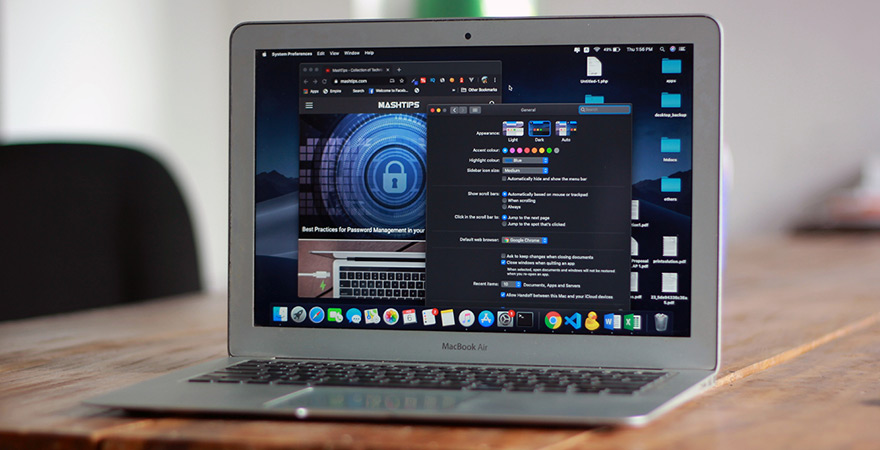
Due to the constant innovation in the field, cybersecurity is a dynamic industry where hackers and cybercrime service providers strive for technological superiority. Cybercriminals can compromise your privacy and cause your business to be inaccessible for hours or even days. So, the top 10 cybersecurity trends and projections for the year 2023 are presented below.
-
Geographically Focused Phishing Attacks:
Many people still fall prey to phishing emails, making them a persistent security risk in the IT industry. Attacks by cybercriminals, malware URLs, and phishing emails are still common online, but they are increasingly geo-targeted and personalised.
-
Sensitivity:
Every day, cybercriminals become brazen, prompting businesses and government agencies to take increasingly drastic measures to protect their networks. Preventing identity theft and hacks on networks requires a level of cybersecurity awareness that many companies and individuals still lack.
-
Cybersecurity Threats Posed By Telecommuting:
Two-factor authentication is becoming increasingly popular amongst businesses, and many employees may already have instant messaging apps installed on their mobile devices.
-
Dangers to Higher Learning:
With the advent of remote work and online learning in recent times, cyber security has become a significant priority in higher education. Post-perimeter security on endpoint protection, identity information, and cloud access are all targets of increasing cyberattacks in the higher education sector.
-
Learning Machines:
Machine learning (ML) has advanced and is now playing a more proactive role in cybersecurity. It can detect and counteract threats in real time.
-
Changes in the IoT:
The proliferation of IoT devices opens the door to increased cybercrime. Most IoT gadgets lack the processing power and data storage capacities of standard mobile devices like laptops and smartphones.
-
Protecting Private Information:
The emergence of "data privacy" as an independent field of study. Businesses that break the rules and alienate their customers.
-
Crimes Against the Medical Community:
Many healthcare providers and patients face several risks and vulnerabilities due to the prevalence of cyber threats in the industry. These days, healthcare facilities give a lot of thought to their data security needs.
-
Intelligent Machines:
The development of automated security systems, natural language processing, and automatic threat identification have all been greatly aided by AI.
-
Safeguarding Data in the Cloud:
More and more companies and organisations are moving to the cloud with the help of cutting-edge cloud management software solutions. Professionals in the field of information security recognise the importance of bolstering cloud safety.
Conclusion:
Although nobody knows what the future of cybersecurity contains, many different industries are trying to figure out how to fortify their networks amid the uncertainty and chaos of the pandemic. However, the tendencies above give us a glimpse into the future.

